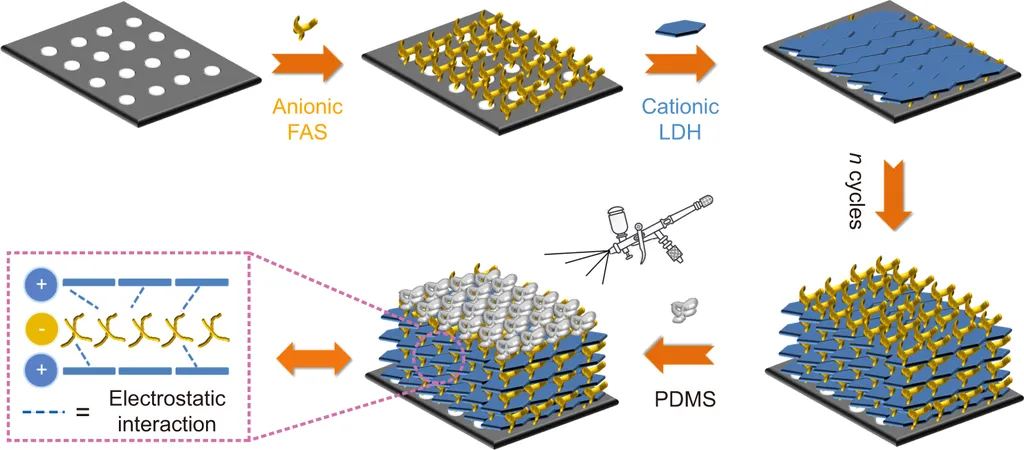In the relentless pursuit of mitigating global warming, scientists are continually pushing the boundaries of carbon capture technologies. A recent study published in the journal *Membranes* (formerly known as *Membranes*) introduces a groundbreaking approach to CO₂ separation that could revolutionize the energy sector. Led by Zhenghua Guo from the Beijing Key Laboratory of Photoelectronic/Electrophotonic Conversion Materials at the Beijing Institute of Technology, the research presents a novel hybrid membrane designed to enhance CO₂ separation efficiency significantly.
The study focuses on silica-based membranes, which have garnered attention for their exceptional stability under harsh operating conditions. However, the team took a unique approach by engineering a hierarchical affinity gradient within the membrane. This gradient is achieved by incorporating two types of amine-functionalized materials: a top layer with high-affinity amine species to maximize CO₂ sorption and a sublayer with milder affinity to facilitate smooth CO₂ diffusion. This layered structure creates a continuous solubility gradient across the membrane, enhancing the intrinsic driving force for CO₂ permeation.
“Our results reveal that the hierarchical structure significantly enhances the intrinsic driving force for CO₂ permeation, leading to superior separation performance compared to conventional homogeneous facilitated transport membranes,” Guo explained. The dual approach of combining comprehensive experimental testing and rigorous theoretical modeling provided critical insights into the underlying CO₂ transport mechanisms.
The implications of this research are profound for the energy sector. Efficient CO₂ separation is crucial for reducing emissions from industrial processes, such as power plants and chemical manufacturing. The novel membrane design could lead to more scalable and high-performance CO₂ separation technologies, making carbon capture more viable and cost-effective.
“This study not only provides critical insights into the design principles of affinity gradient membranes but also demonstrates their potential for scalable, high-performance CO₂ separation in industrial applications,” Guo added. The findings could pave the way for future developments in membrane technology, offering a promising solution to one of the most pressing challenges in the fight against global warming.
As the world continues to seek innovative solutions to reduce carbon emissions, this research highlights the importance of interdisciplinary collaboration and the potential of advanced materials in addressing global energy challenges. The study’s insights could shape the future of carbon capture technologies, making a significant impact on the energy sector and beyond.

